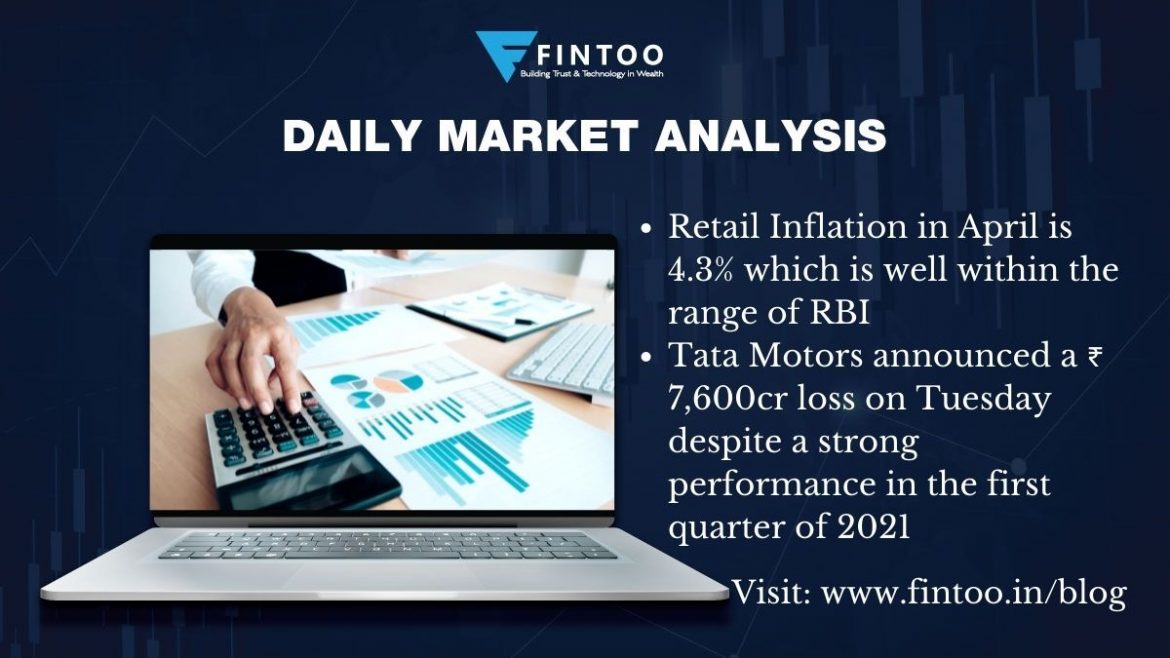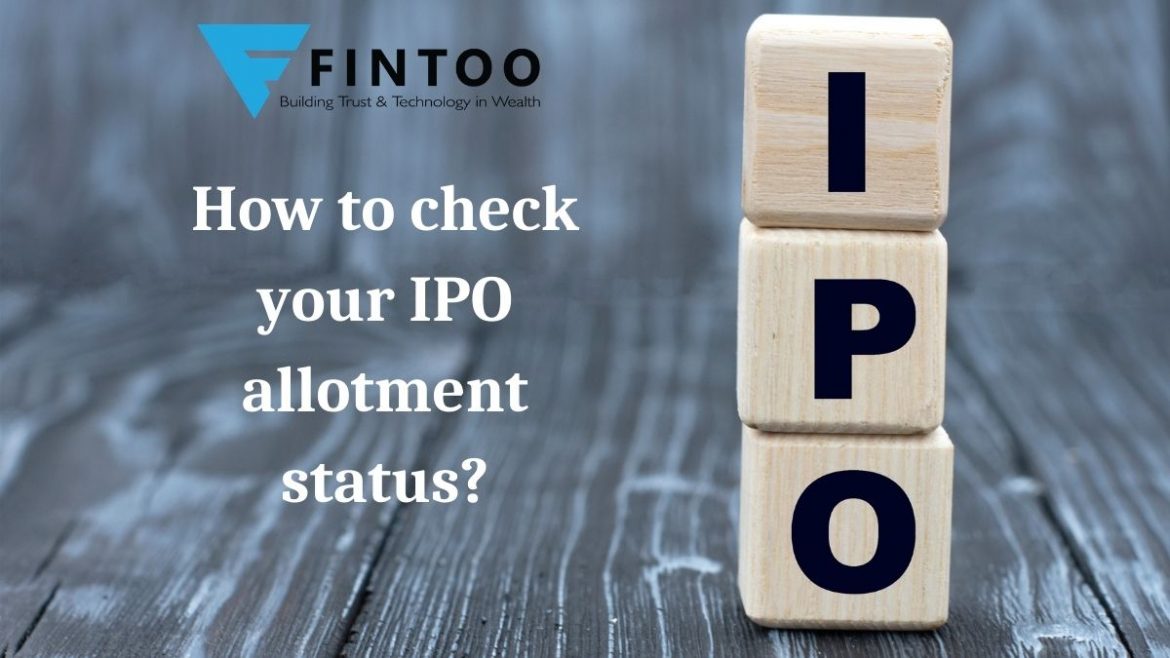

How to check your IPO allotment status?
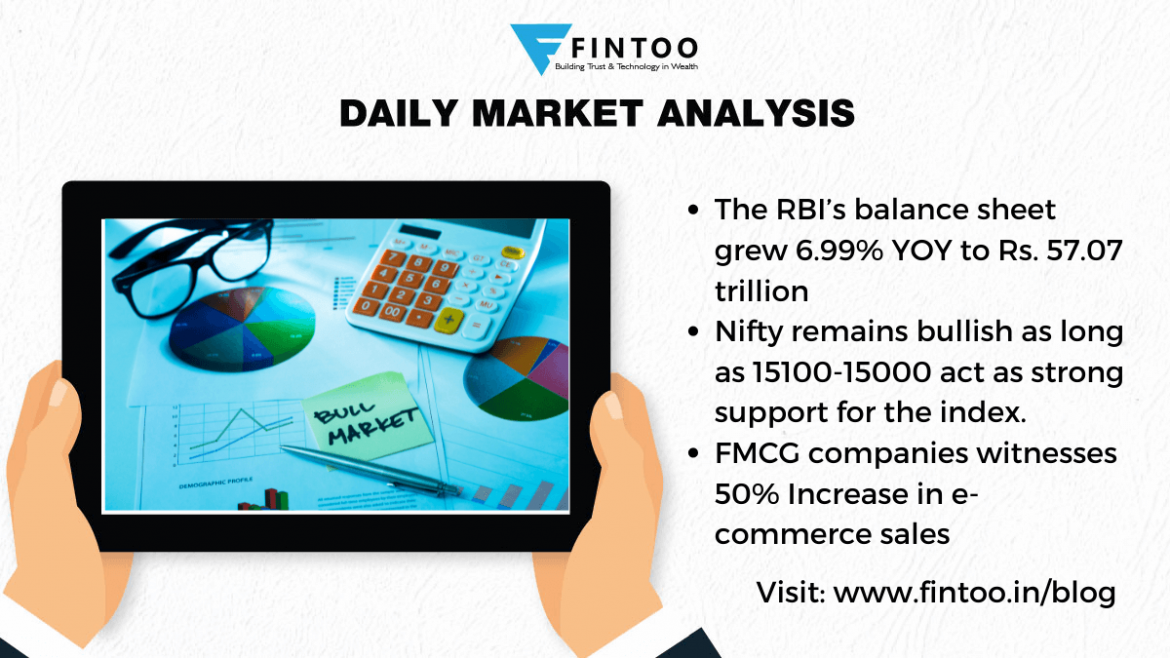

Daily Market Analysis – 28th May 2021(RBI)
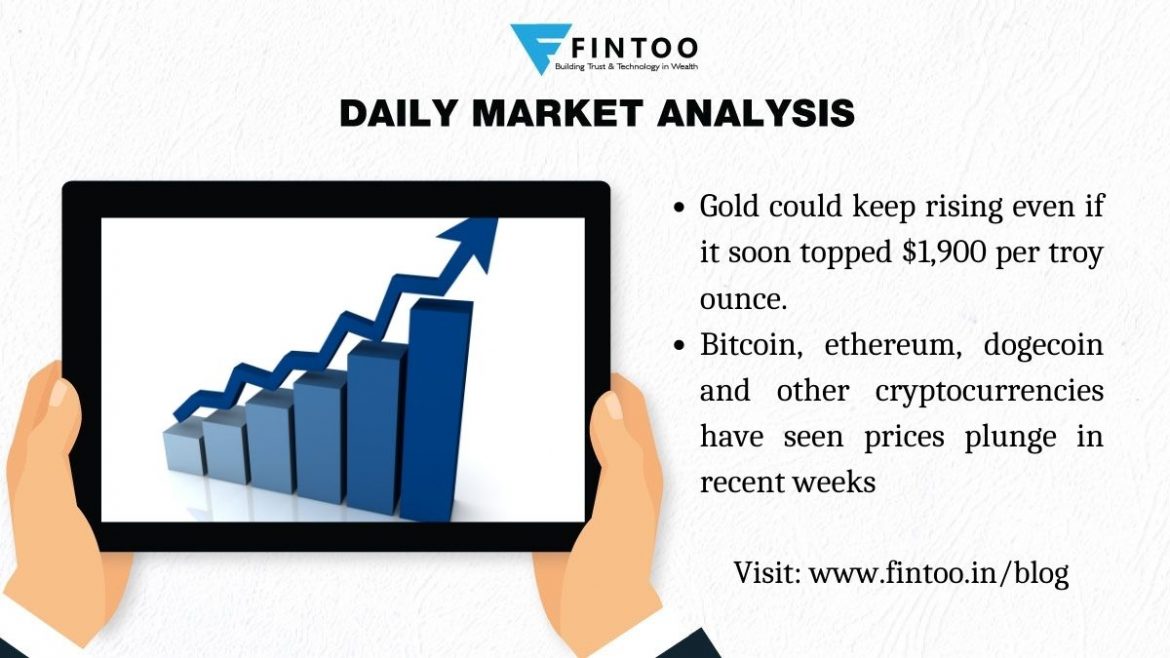

Daily Market Analysis – 27th May 2021 (Gold)
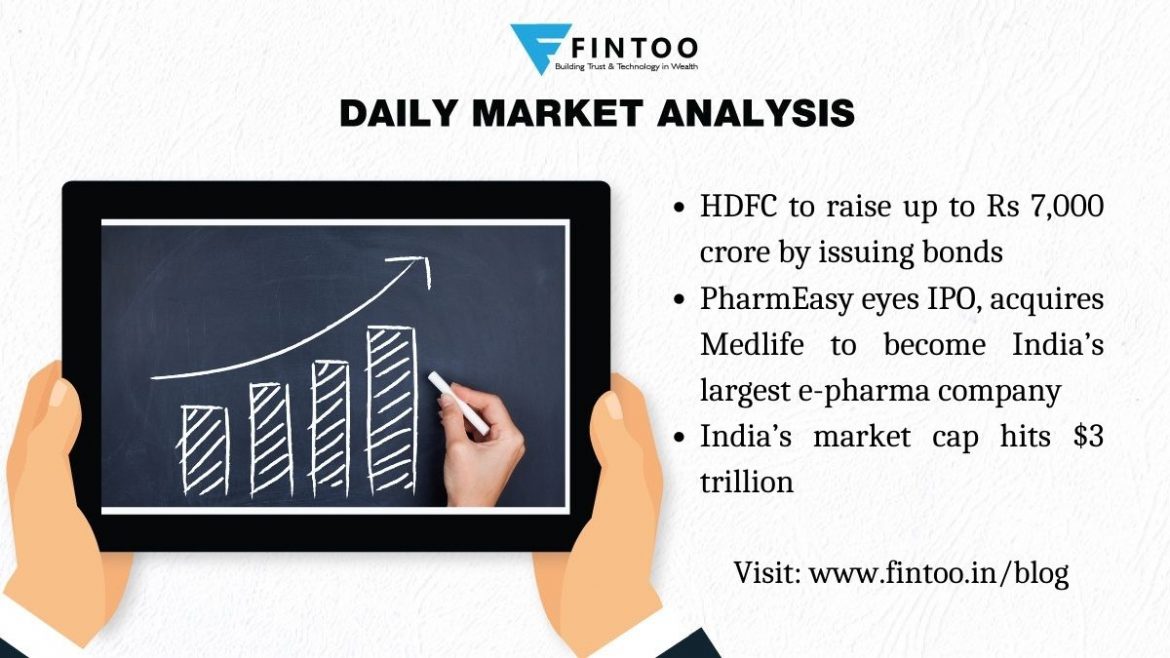

Daily Market Analysis – 26th May 2021 (Bonds)
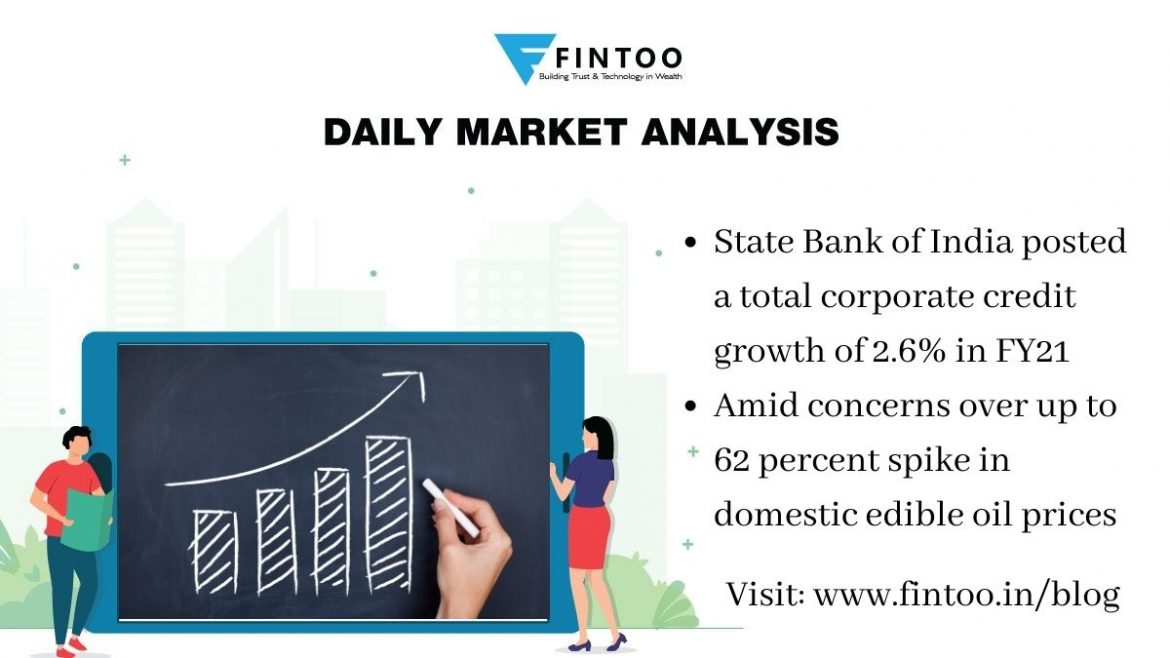

Daily Market Analysis – 25th May 2021 (Growth)
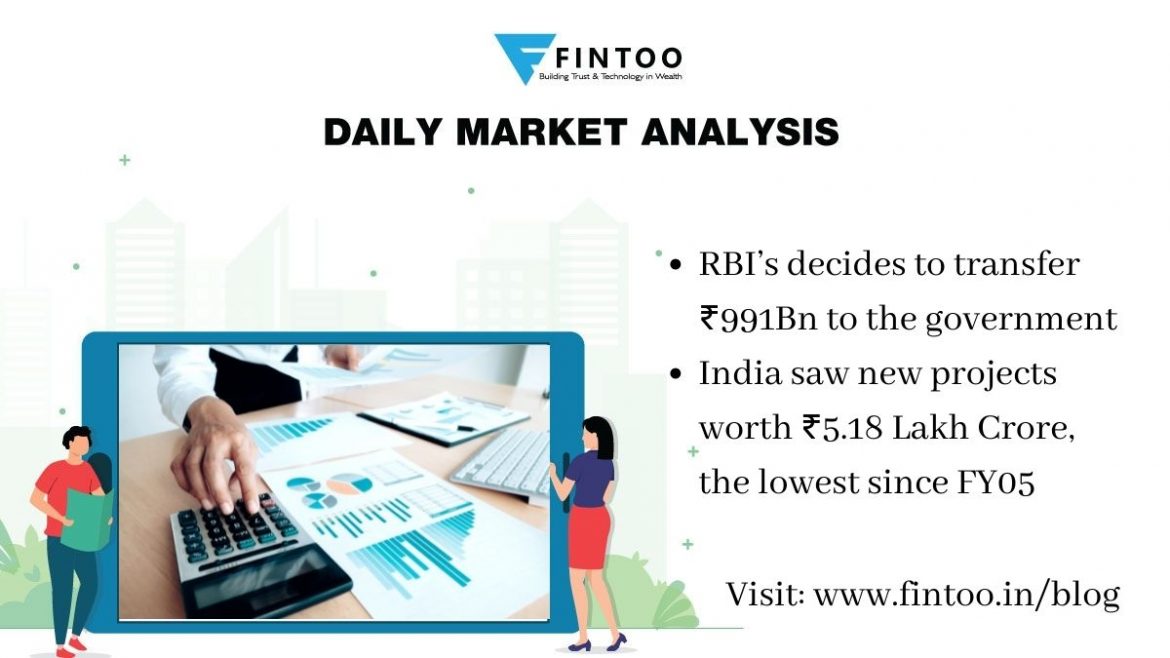

Daily Market Analysis – 24th May 2021 (Economy)
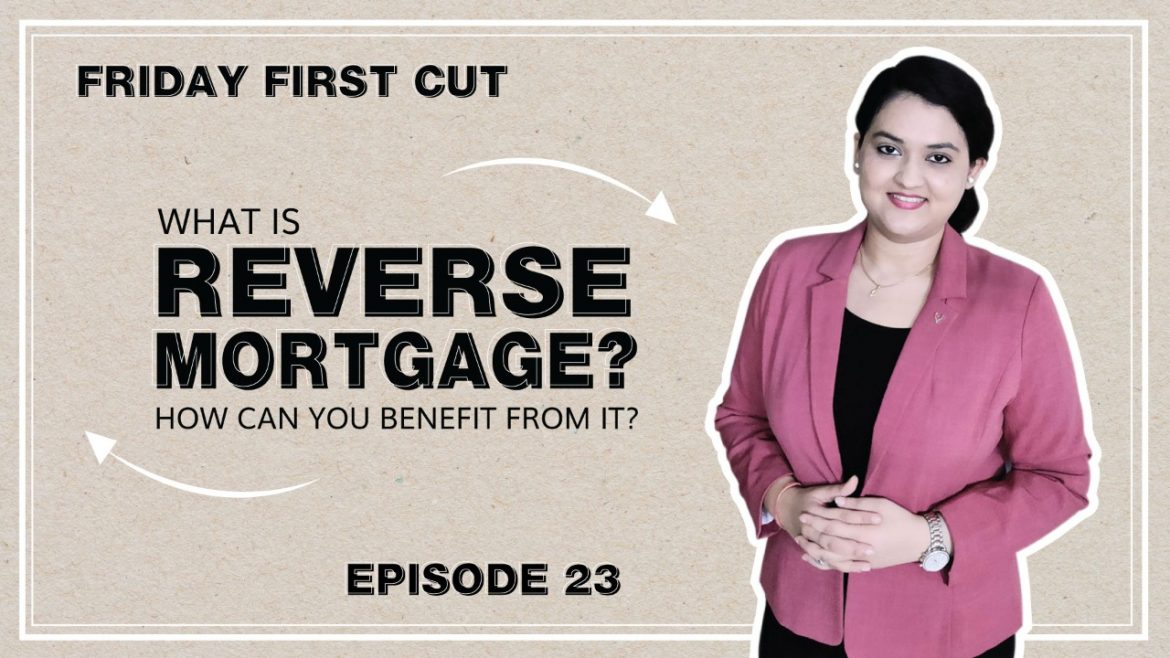

What Is Reverse Mortgage? How You Can Benefit From It
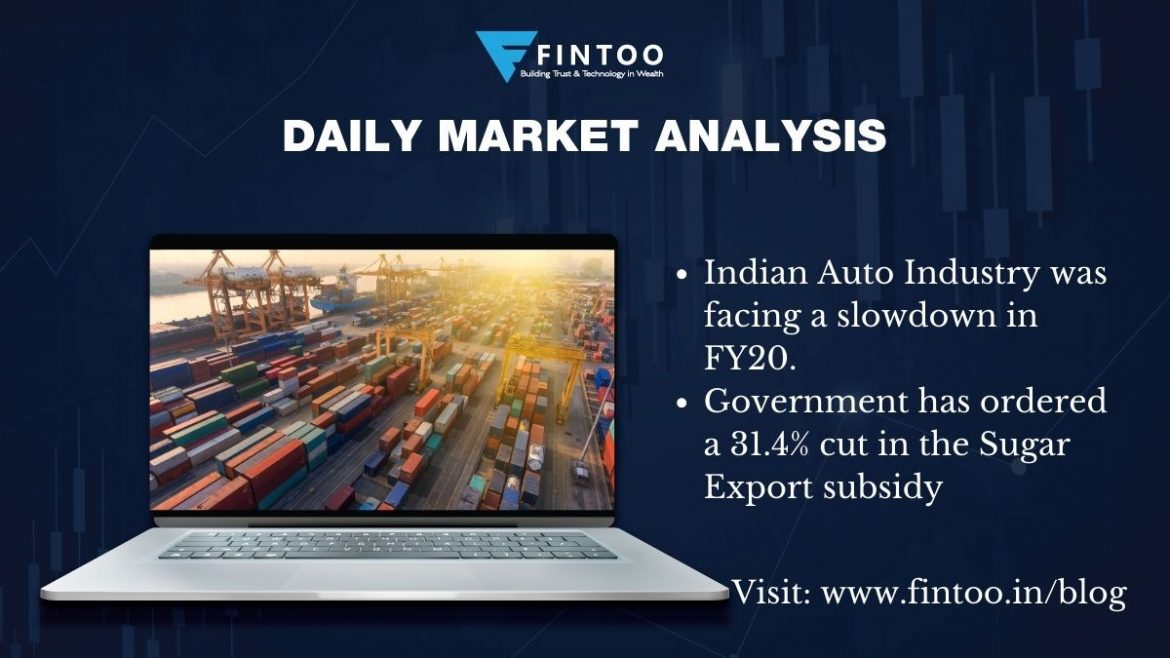

Daily Market Analysis– 21st May 2021
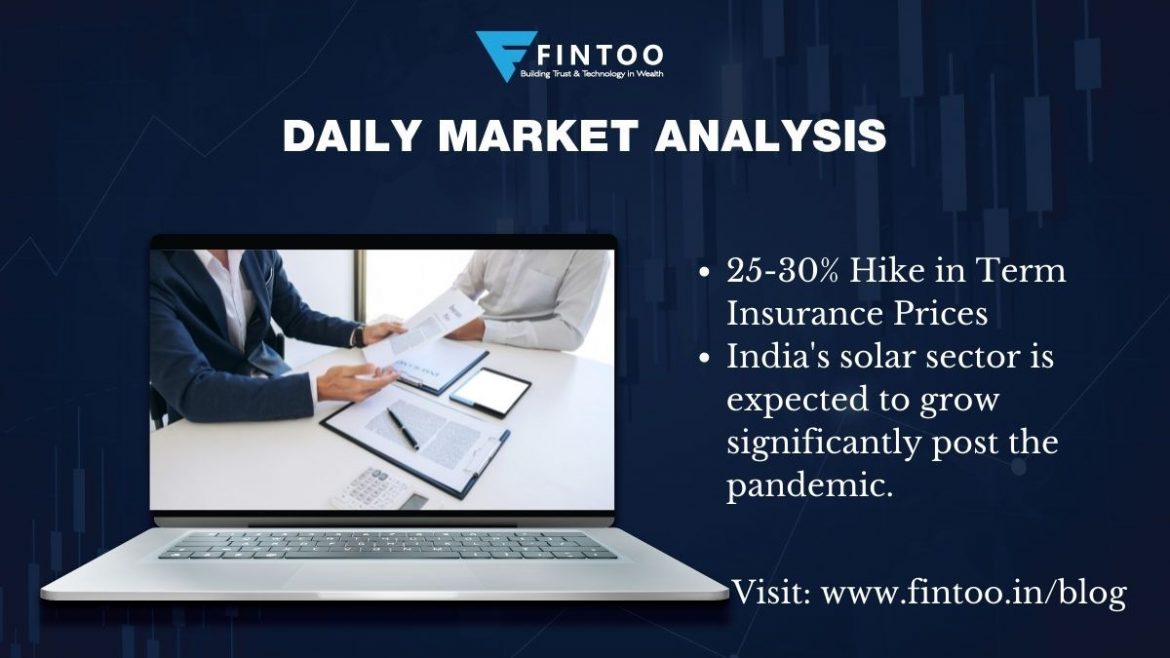

Daily Market Analysis– 20th May 2021
